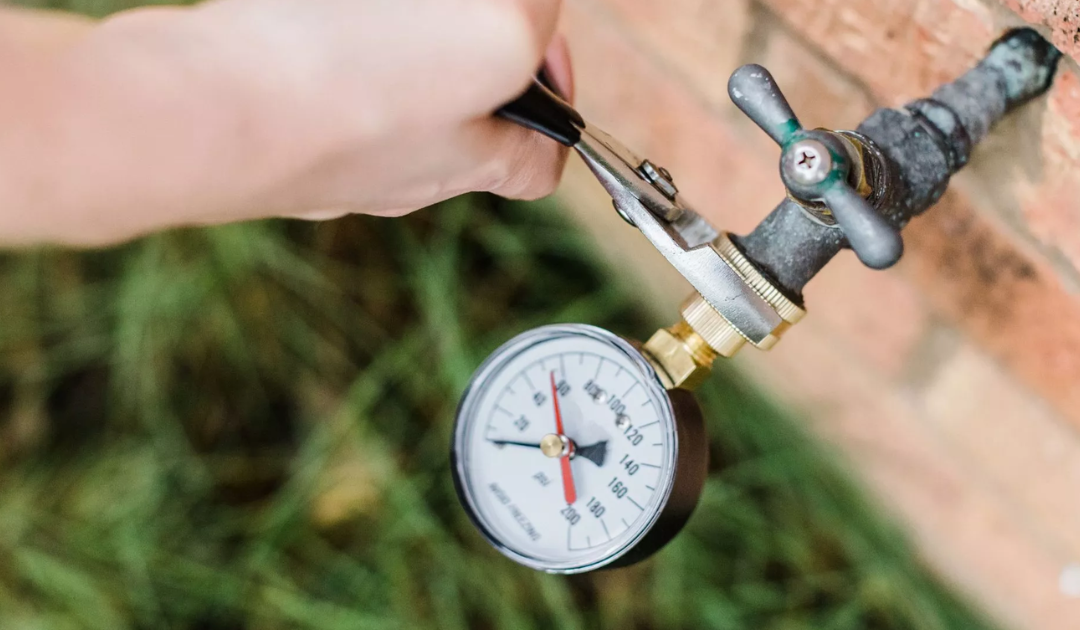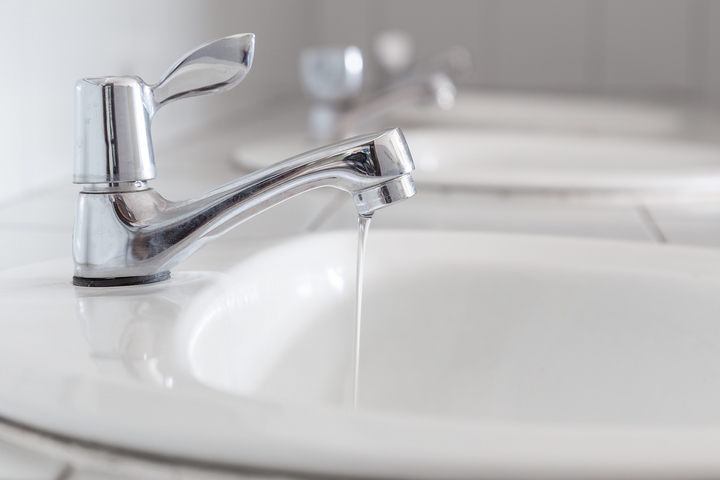Clear Advice for Dealing with Low Water Pressure in Your Home
Clear Advice for Dealing with Low Water Pressure in Your Home
Blog Article
This article which follows relating to Low Water Pressure in the House? is pretty much intriguing. Give it a try and make your own personal conclusions.

Low tide pressure in your house can be an aggravating problem, impacting every little thing from showering to washing dishes. If you're experiencing weak water flow, there are numerous feasible reasons and remedies to check out. In this guide, we'll review usual reasons for low tide pressure and sensible steps to attend to the problem effectively.
Introduction to Low Tide Pressure
Low tide stress takes place when the flow of water from your faucets, showers, and various other fixtures is weaker than common. This can make daily tasks much more challenging and less reliable. Recognizing the root causes of low water pressure is vital to locating the best option.
Common Root Causes Of Low Tide Pressure
Pipe Obstructions
Gradually, pipes can end up being obstructed with natural resource, sediment, or particles, limiting the flow of water. This is a typical concern in older homes with galvanized steel pipelines.
Corrosion
Corrosion within pipes can result in leakages and lowered water stress. Rust buildup can constrict water flow, especially in aging plumbing systems.
Faulty Pressure Regulatory Authorities
Pressure regulatory authorities are responsible for keeping consistent water stress in your home. If they malfunction, it can cause low water pressure or unequal circulation throughout the house.
Metropolitan Water System Issues
In some cases, the trouble exists outside your home. Municipal supply of water issues, such as main line leaks or upkeep job, can momentarily reduce water pressure in your area.
How to Detect Low Water Stress
Checking Taps and Components
Start by examining the water stress at different faucets and components throughout your home. If the issue is isolated to particular areas, it may suggest local issues.
Checking Pipes
Inspect visible pipelines for signs of leaks, deterioration, or blockages. Focus on any type of uncommon sounds, such as banging or rattling pipes, which might indicate concerns within the plumbing system.
Consulting with a Plumber
If you're incapable to pinpoint the source of low water stress, consider employing a specialist plumber to carry out an extensive inspection. They can recognize underlying problems and recommend suitable options.
DIY Solutions to Take Care Of Low Water Stress
Cleaning Up Aerators and Showerheads
Mineral deposits can collect in aerators and showerheads, lowering water flow. Eliminate and clean these parts on a regular basis to boost water stress.
Flushing Water Heater
Sediment accumulation in the hot water heater can limit circulation and reduce performance. Flushing the container periodically helps remove debris and maintain optimal efficiency.
Inspecting Pressure Regulator
Ensure that the stress regulatory authority is operating appropriately. Changing or replacing the regulator can aid recover proper water pressure throughout your home.
Cleaning Clogs in Water Lines
For minor obstructions, try using a plumbing serpent or chemical drainpipe cleaner to clear obstructions in pipelines. Beware when utilizing chemicals and follow security standards.
When to Call a Professional Plumber
If do it yourself efforts fall short to fix the issue or if you suspect considerable plumbing troubles, it's best to look for assistance from a qualified plumber. They have the expertise and tools to deal with complex issues safely and effectively.
Safety Nets to Keep Water Stress
Routine Upkeep
Arrange regular upkeep for your plumbing system to prevent issues such as deterioration, leaks, and blockages. Resolving minor troubles early can help stay clear of even more significant repair work later.
Installing a Stress Booster
Think about mounting a pressure booster pump to boost water stress in areas with consistently low flow. This can be especially useful for multi-story homes or properties with high-demand fixtures.
Monitoring Water Use
Be mindful of water usage habits and stay clear of ill-using the plumbing system. Simple adjustments, such as astonishing showers and washing tons, can help maintain adequate water stress.
Conclusion
Taking care of low water stress can be aggravating, however recognizing the underlying causes and carrying out appropriate services can recover optimal flow throughout your home. Whether it's cleaning up aerators, inspecting pipes, or speaking with a plumber, taking positive actions can make sure a stable supply of water for your daily demands.
How to Fix Low Water Pressure In Your Home
Municipal Water Supply Issues
Scheduled maintenance, high demand, and water main breaks are all potential causes for low water pressure within a city or county’s water lines. While there’s not much you can do to personally fix a problem with your city or county’s water supply system, you can play a big role in documenting the issue and alerting those who can.
How to fix it:
Ask your neighbors if they are experiencing any issues with low water pressure. If multiple homes are affected, it’s likely related to the city’s water line.
Contact the local Water Authority to see if there is any maintenance taking place that might be affecting your supply. Also let them know of your specific issues. If other homeowners report the same issues, they’ll know that there could be a larger issue to look into.
Faulty Fixtures
A damaged or clogged shower head, faucet or appliance is the first thing we’d suggest checking, especially if low water pressure appears to be isolated to a specific area of your home.
How to fix it:
First, turn off the main water supply to your home.
Check the affected appliances for build-up or debris. In the case of a faucet, you can simply unscrew the aerator at the tip of the faucet. Showerheads should be fully detached from the water pipe.
While the appliances are detached, you may want to check the water supply to determine if the fixtures were in fact the issue.
To clean, soak the showerhead or aerator in vinegar and brush off any visible debris.
Reattach the fixtures and check the water pressure again. If it is still low, there is likely a deeper issue at hand, which can be determined by a professional plumber.
Pipe Obstructions
Mineral deposits, rust or other debris within water pipes can lead to blockages or corrosion over time.
How to fix it:
When you think of a clog, you probably think of a drain clog. While there are many DIY solutions to clearing a drain, clogs in a water pipe will almost always require the help of a professional plumber. A plumber will be able to locate the affected pipe and clean out any debris or mineral deposit buildup. In severe cases, the pipe may need to be replaced. Your plumber might also recommend a water softening system to remove the minerals from your home’s water supply that can contribute to pipe blockages over time.
Plumbing Leak
Undetected water line leaks can divert water away from your residential pipes, reducing the water pressure in your fixtures.
How to fix it:
Check your water meter by turning off all water sources and monitoring the meter for any movement, which could be a clear indicator of a potential leak.
Check all visible pipes for signs of leaking, including water stains, active dripping or damp spots around the pipe.
Inspect fixtures, including faucets and showerheads, for any drips.
Test the pressure but recording the pressure with the main water valve shut off. Leave off for a few hours and test again. A significant drop in pressure is a clear sign of a leak.
https://kiddcoplumbing.com/plumbing-blog/how-to-fix-low-water-pressure/

How to Fix Low Water Pressure In Your Home
Municipal Water Supply Issues
Scheduled maintenance, high demand, and water main breaks are all potential causes for low water pressure within a city or county’s water lines. While there’s not much you can do to personally fix a problem with your city or county’s water supply system, you can play a big role in documenting the issue and alerting those who can.
How to fix it:
Faulty Fixtures
A damaged or clogged shower head, faucet or appliance is the first thing we’d suggest checking, especially if low water pressure appears to be isolated to a specific area of your home.
How to fix it:
Pipe Obstructions
Mineral deposits, rust or other debris within water pipes can lead to blockages or corrosion over time.
How to fix it:
When you think of a clog, you probably think of a drain clog. While there are many DIY solutions to clearing a drain, clogs in a water pipe will almost always require the help of a professional plumber. A plumber will be able to locate the affected pipe and clean out any debris or mineral deposit buildup. In severe cases, the pipe may need to be replaced. Your plumber might also recommend a water softening system to remove the minerals from your home’s water supply that can contribute to pipe blockages over time.
Plumbing Leak
Undetected water line leaks can divert water away from your residential pipes, reducing the water pressure in your fixtures.
How to fix it:
https://kiddcoplumbing.com/plumbing-blog/how-to-fix-low-water-pressure/
I am just very curious about Dealing with Low Water Pressure in Your Home and I hope you enjoyed reading my post. Kindly take a moment to share this article if you appreciated it. We take joy in reading our article about 10 Reasons for Low Water Pressure in Your House.
Call Today Report this page